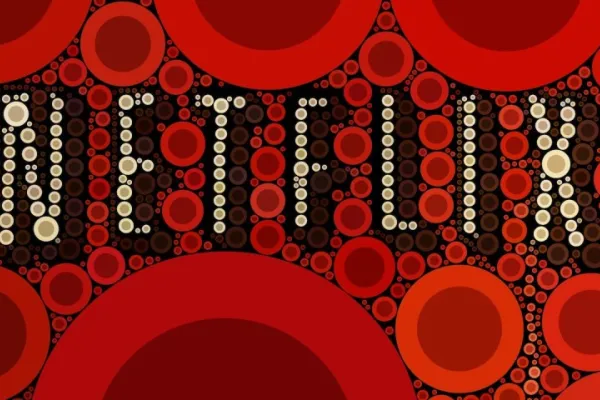 Details
Details

Neal Sinno
Managing Director and General Manager, Playbuzz North America
New York, USA
Connect
In November 2015, “South Park” decided to crack down on native advertising. The show’s main claim was that we can no longer tell the difference between news and sponsored content, with ads following us wherever we go.
Similar claims are being made by the media, as well as industry leaders, on a regular basis. Just recently, two separate researchers took it upon themselves to prove that specific audience groups are unable to distinguish between native ads and editorial content.
Students were found to get it wrong over 80% of the time, and kids between the ages of 12 to 15 mistook almost 70% of native ads for editorial news.
When discussing confusion and mistakes, our initial (and very natural) response is to assume that something is broken. The aforementioned research aims to alarm the public - and the industry - that we are headed in the wrong direction, raising the concern that content marketing prevents people from making a conscious decision.
Sponsored content is real
But let’s think for a minute about the true meaning of such confusion. After all, when content marketing is able to pass as editorial, it is a validation of its quality. It means that it was well-written and valuable and that the promotional statement was subtle, or at least far less aggressive than what we’re used to getting from ads.
The reason we find it so hard to tell what’s “real,” is that sponsored content is real. Much like editorial pieces, it tells a story, and much like editorial pieces, it has an agenda to promote.
In a way, believing that editorial content is completely neutral and does not serve any predetermined purpose can be more dangerous than any sponsored article that goes unrecognized.
RELATED: Native Advertising Must Be as Good as Your Editorial Content
Does this mean there is no point in labelling sponsored content as such? Absolutely not. In addition to the FTC transparency guidelines, advertisers have solid reasons to let readers know exactly what type of content they consume.
In the era of fake-news-panic, brands simply cannot afford to be perceived as deceitful.
It’s time for a shift in focus
At the moment, the advertising industry is going through a transition phase when it comes to content marketing, but I strongly believe that the sentiment of confusion can be replaced with delight.
We can already see that millennials are indifferent to whether or not content is paid for, just as long as it’s good. We can expect this trend to grow as advertisers create native ads that are up to par with editorial, while still addressing their audience’s hesitation with transparency and a clear paid content policy.
RELATED: How to create a native advertising strategy
And then there is also the essence of content marketing, which is all about building relationships. If we want consumers to feel like they have nothing to worry about, we too must realize that we have nothing to hide.
Focusing on the quality of content is important not just because it decreases readers’ hesitation regarding the consumption of branded items, but also because it encourages the apprehensive advertiser to opt for transparency. This new state of mind will help bring the industry to a calmer, more considerate place, but it has to come from both sides.
Now is the time for a shift in focus. Instead of asking whether or not one was able to identify sponsored content, we must ask if the content is valuable. We must create paid content that invites readers to interact, provides them with true and relevant information, and enriches their day.



